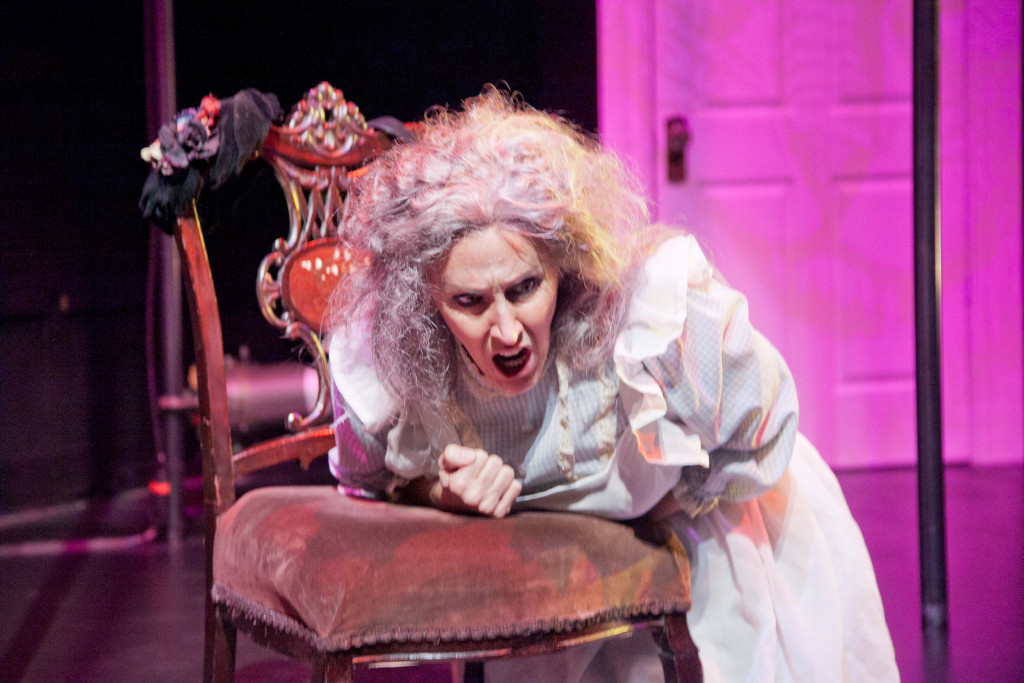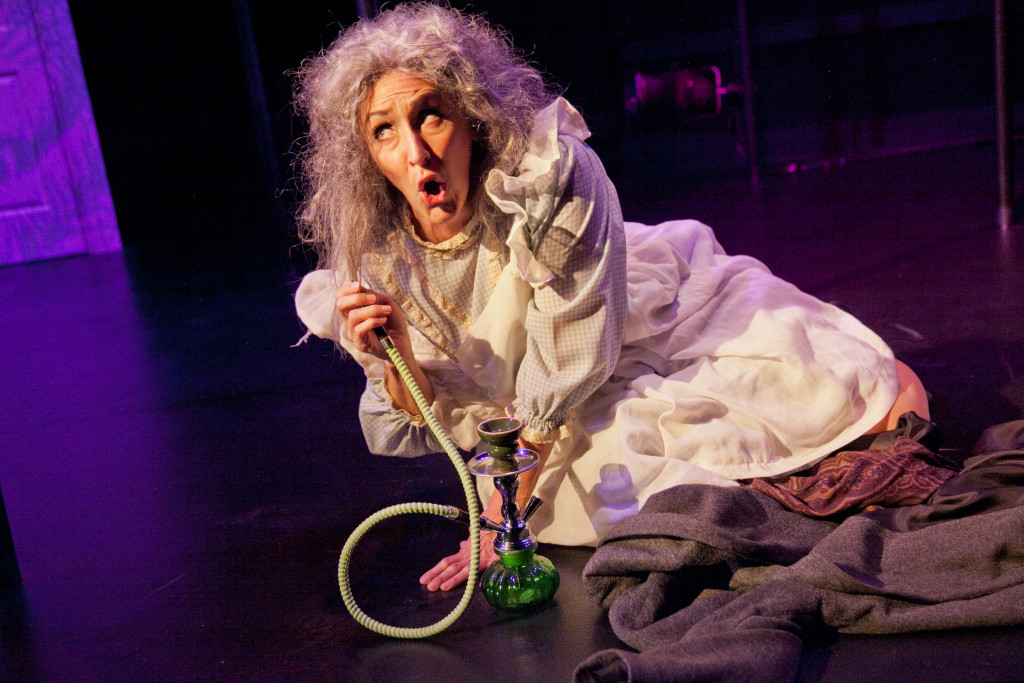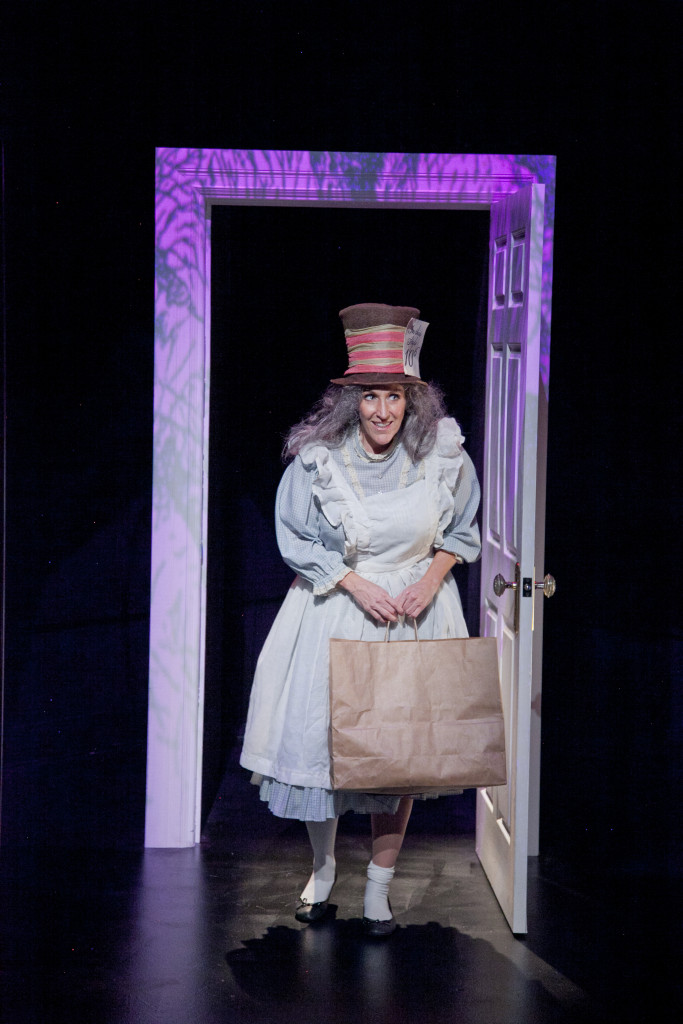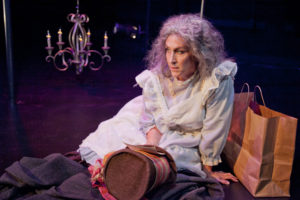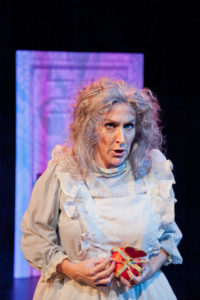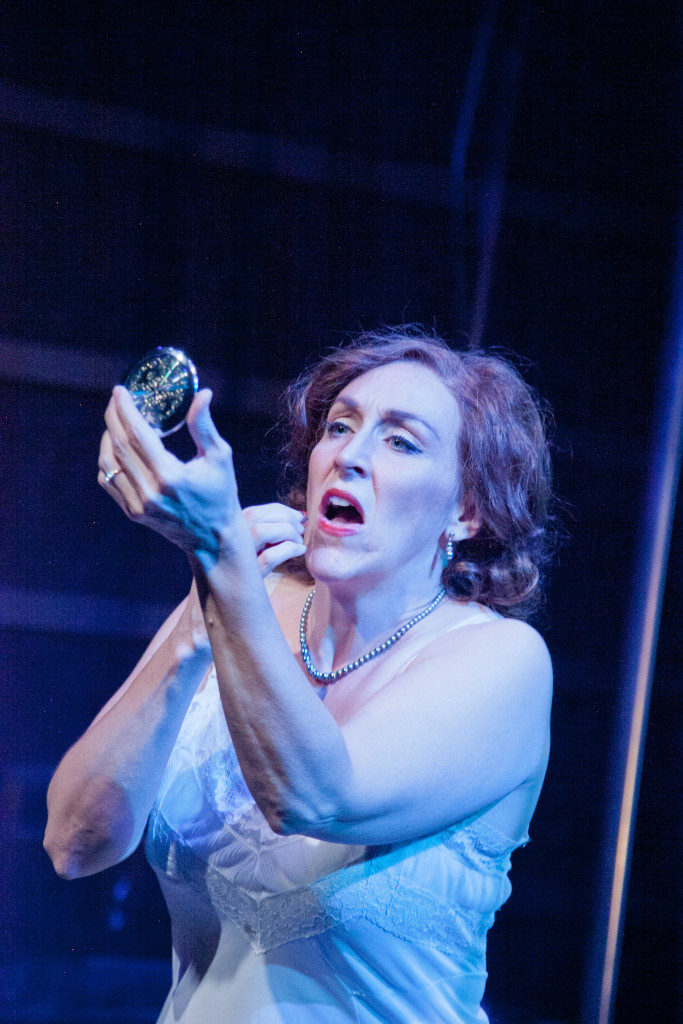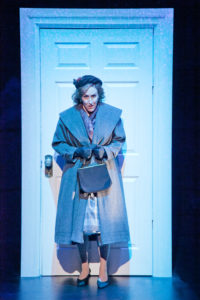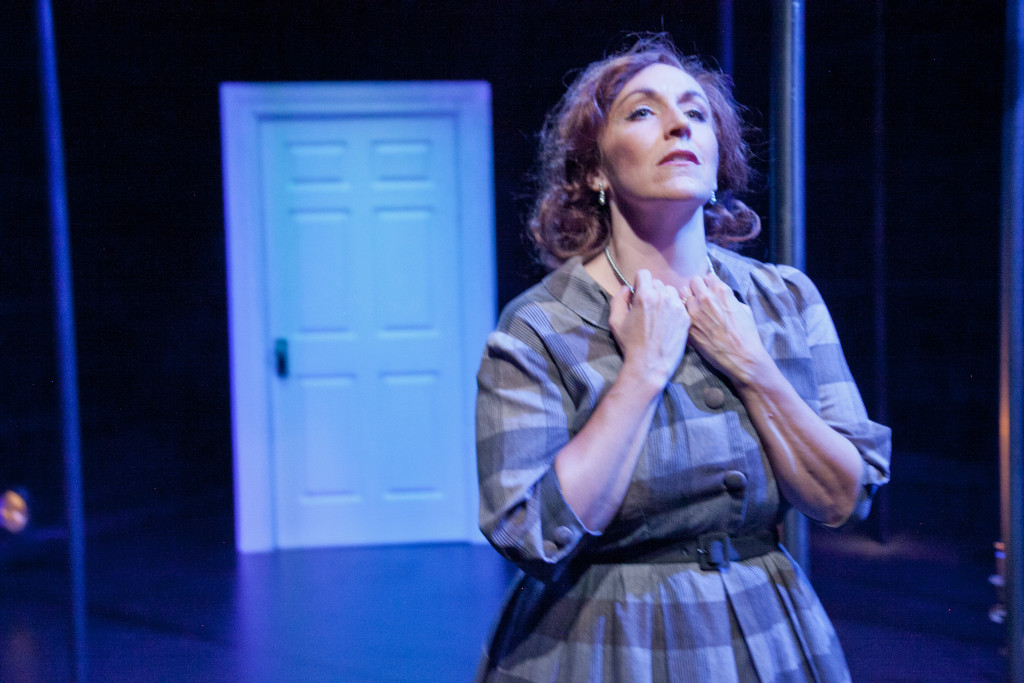SHE, AFTER: A double bill of two one-woman shows.
Part One: NORA, IN THE GREAT OUTDOORS
Music by Daniel Felsenfeld
Libretto by Will Eno
Part Two: ALICE IN THE TIME OF THE JABBERWOCK
Music by Daniel Felsenfeld
Libretto by Robert Coover
“Emily Pulley nailed it … a musically compelling experience.” – Joan Reinthaler,
The Washington Post
“UrbanArias has created the antidote for the traditional opera – engaging, intimate, daring, and maybe above all, short.” – Justin Schneider, DCMetroTheatreArts
“Soprano Emily Pulley performs both roles with incredible diction and conviction, displaying unarguable musical intelligence and instinct.” – Rebecca Evans, DCTheatreScene
These two operas are thought-provoking and at times amusing takes on the imagined lives of two famous literary women – AFTER their moments of notoriety.
SYNOPSIS
Part One: NORA, IN THE GREAT OUTDOORS
This moving and dramatic opera deals with the repercussions of Nora’s final door slam in Ibsen’s 1879 play A DOLL’S HOUSE. We see her confront her past and very uncertain future in a moving soliloquy that takes place immediately after she leaves her family.
From the libretto:
” ‘My little squirrel,’ he called me, ‘My turtledove, my kitten, my spaniel.’ These are the names of animals. Of cats and dogs and rodents. Who is your little animal? How meek do you think your wife is? How fearless do you find your husband?”
The play is based on the life of Laura Kieler, a good friend of Ibsen. Laura (Nora in the play) had taken out an illegal loan (illegal because women were not allowed to borrow money without their husband’s permission) in order to pay for a rest cure for her husband’s tuberculosis. She obtained the loan with a forged signature. In real life, when Laura’s husband discovered her secret loan, he divorced her and had her committed to an asylum. Two years later, she returned to her husband and children at his urging, and she went on to become a well-known Danish author, living to the age of 83.
In the play the circumstances are slightly different. When Torvald (Nora’s husband) discovers the loan, he tells Nora that she is immoral, a criminal, and an unfit mother. He will not divorce her, in order to keep up appearances, but will forbid her from any interaction with their three children. His attitude abruptly changes when the man who loaned Nora the money returns the bond; Torvald burns the papers, and declares himself saved and his wife forgiven. Nora, however, has seen her husband for who he really is, and decides to leave him and her children. The last thing the audience hears in A Doll’s House is the door slamming behind Nora as she leaves.
Nora, In the Great Outdoors begins where Ibsen ended.
Click on the link to read Ibsen’s A DOLL’S HOUSE.
Part Two: ALICE IN THE TIME OF THE JABBERWOCK
Alice has never been able to escape Wonderland. Once a child sensation and a crowned queen, she is now going through menopause while becoming increasingly disenchanted with her crazy companions.
From the libretto:
“You are old, Mother Alice, and big as a door,
And all covered with wrinkles and fat!
And yet you still wear your old pinafore,
Pray, what is the reason for that?”
“I’ll tell you, good sir,” Mother Alice replied,
“And I hope you’ll not think that I’m bitter;
Since I’ve grown I could not get it off if I tried
For it won’t lift off over my sitter!”
STARRING
Emily Pulley
Conducted by Robert Wood
Directed by Beth Greenberg
Set and Costume Design by Valérie Bart
Lighting Design by Dan Jobbins
Nora, In the Great Outdoors was commissioned by American Opera Projects in New York City, and Alice in the Time of the Jabberwock was commissioned by UrbanArias and developed in AOP’s First Chance program with generous funding from The Andrew W. Mellon Foundation.



